Ride 4 Justice: equity in transportation and safe streets for all

- The Ride 4 Justice bike ride on Saturday, Oct. 24, 2020, was in the name of protesting racism and police brutality and calling for increased accountability on transportation and other city policies.
- The ride was organized by Minority Freedom Network, NAACP Eugene Springfield Oregon, Climate Revolutions by Bike, Cascadian Courier Collective, GEARs, and BEST.
- The route focused on historical locations for the Black community and educating participants on next steps in transportation equity.
On Oct. 24, 2020, a clear, fall Saturday afternoon, a group of community members mounted their bikes and gathered at Alton Baker Park for the Ride 4 Justice, a solidarity bike ride for those we have lost in the fight for racial justice and a reminder of the racial justice work still to be done.
The Ride 4 Justice was a demonstration bicycling event in the name of protesting racism and police brutality and calling for increased accountability on transportation and other city policies. Organized by the Minority Freedom Network, NAACP Eugene Springfield Oregon, Climate Revolutions by Bike, Cascadian Courier Collective, GEARs, and BEST, the bike route strategically passed and recognized historically notable locations to bring light to the history of Black members of our community and the transportation inequities that have existed here for decades.
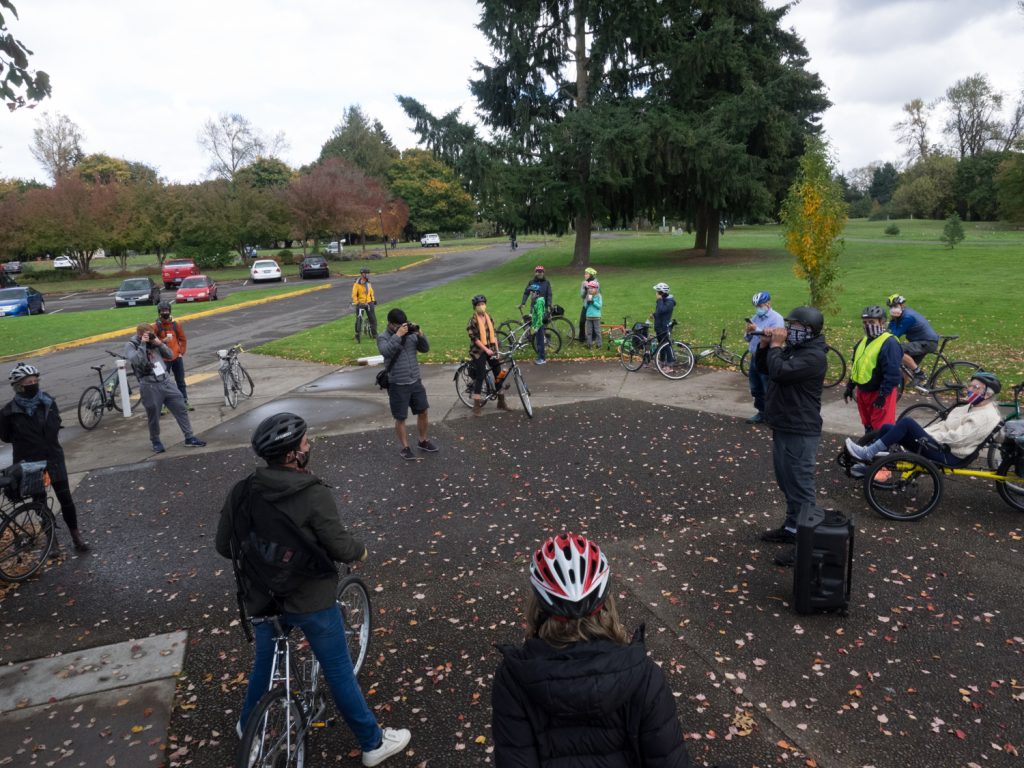
The Ride 4 Justice began at the historical site of the Ferry Street Bridge community, in what is now a part of Alton Baker Park. Though no physical evidence remains of it today, the Ferry Street Bridge community was the site of Eugene’s first Black community in the 1940s, complete with homes and a church. In 1949, the community members were relocated and their buildings were demolished by the order of county officials, but the legacy of the home the Black community created for themselves lives on. (Source: Beckner, 2009)

The second location that the Ride 4 Justice recognized was the Mims’ Houses on High Street. Now managed by the Lane County NAACP, the houses were purchased by C.B and Annie Mims in 1948 and served as safe lodging for African American travelers from 1948 – 1966 while there was racial separation in Eugene. The Mims’ Houses hosted names such as Nat King Cole, Ella Fitzgerald and Louis Armstrong. Executive Director at Eugene/Springfield NAACP, Eric Richardson, spoke during the Ride 4 Justice’s stop at the Mims’ Houses, noting the importance of keeping the history of Black experiences alive in our community and supporting groups like NAACP who work to advance equity. (Sources: NAACP, Travel Lane County)
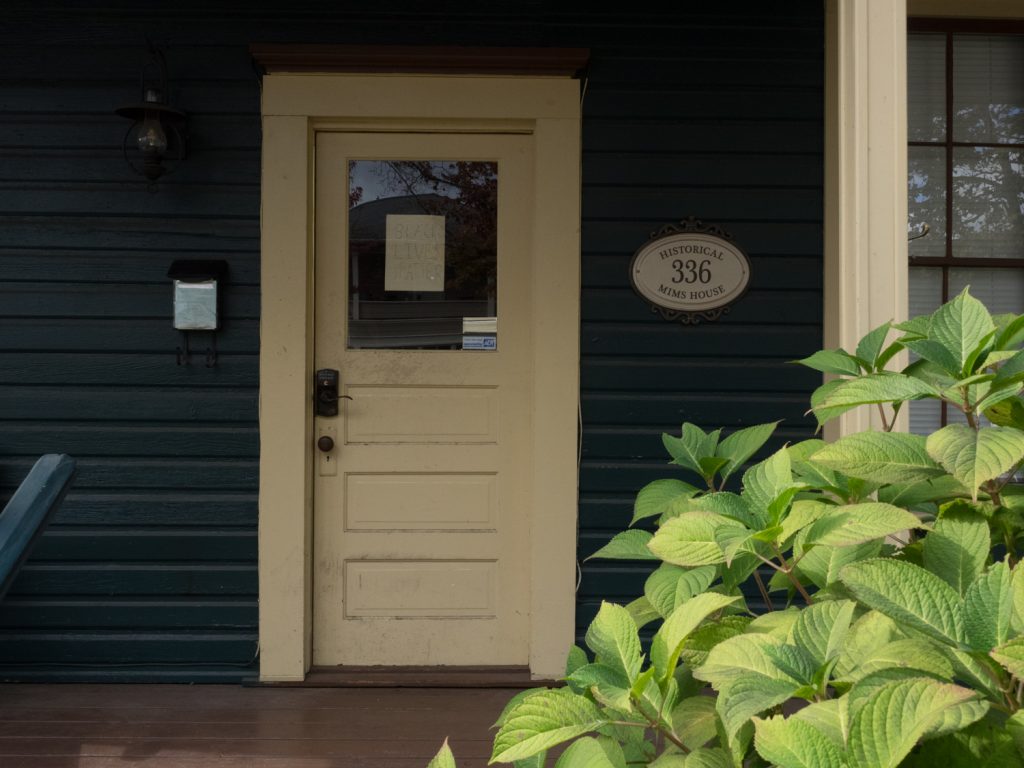
One of the central messages of the event was that the racial justice movement and the environmental justice movement are intricately intertwined. Many communities who are feeling the effects of climate change the greatest are comprised of Black and Hispanic communities, while white communities generally experience better climate landscapes (air quality, water quality, etc.). There is also evidence that the poorest counties in the United States are predicted to experience the worst effects of climate change, and are also home to predominantly people of color. (Sources: The Washington Post, Climate Analytics) Due to statistics like these, the conversation around racial justice and environmental justice intersect at many points.

One of the partners of the event, Climate Revolutions by Bike, spoke at Monroe Park (a stop on the Ride 4 Justice route) about the importance of taking tangible action towards environmental justice. Shawntel Robertson of Minority Freedom Network also read some words written by Aimee Okotie-Oyekan, a graduate student at UO working for the local NAACP on their environmental and climate justice committee, echoing the urgency needed to act now on climate change abatement.

The Ride 4 Justice’s last stop was to ride down the 13th Avenue Bikeway, a two-way protected bike lane on 13th Avenue from Alder Street to Lincoln Street linking the University of Oregon Campus to Downtown Eugene. (Source: City of Eugene) This bike lane is the first of its kind in our area and paves the way for more projects like it in the future. Though it is still being perfected and is not perfect, the City of Eugene Transportation team is working hard to improve signal timing and route issues so that it is a successful route for all.
BEST plans to keep an ongoing conversation and action plan around the topic of equity and transportation in our community and is looking for more voices to join in on planning and discussions. If you or someone you know might be interested, email BEST Safe Streets Coordinator Claire Roth at Claire@BEST-Oregon.org.
To view more photos from the Ride 4 Justice event, see our event album below.
See also
Further reading
- Climate change is also a racial justice problem (Washington Post, 6/29/2020)
- Black Lives Matter: the link between climate change and racial justice (Climate Analytics, 6/22/2020)
- Cultural Demolition: What Was Lost When Eugene Razed Its First Black Neighborhood? (Chrisanne Beckner, Sept. 2009)
External links
- The Historic Mims’ House (Travel Lane County)
- 13th Avenue Bikeway (Campus to Downtown)
- Minority Freedom Network
- NAACP Eugene/Springfield
- Cascadian Courier Collective
- Greater Eugene Area Riders (GEARs)
- Climate Revolutions by Bike
- Better Eugene-Springfield Transportation (BEST)
Photos

Photo by Austin Johnson 
Photo by Austin Johnson 
Photo by Austin Johnson 
Photo by Austin Johnson 
Photo by Austin Johnson 
Photo by Austin Johnson 
Photo by Austin Johnson 
Photo by Austin Johnson 
Photo by Austin Johnson 
Photo by Austin Johnson 
Photo by Austin Johnson 
Photo by Austin Johnson 
Photo by Austin Johnson 
Photo by Austin Johnson 
Photo by Austin Johnson 
Photo by Austin Johnson 
Photo by Austin Johnson 
Photo by Austin Johnson 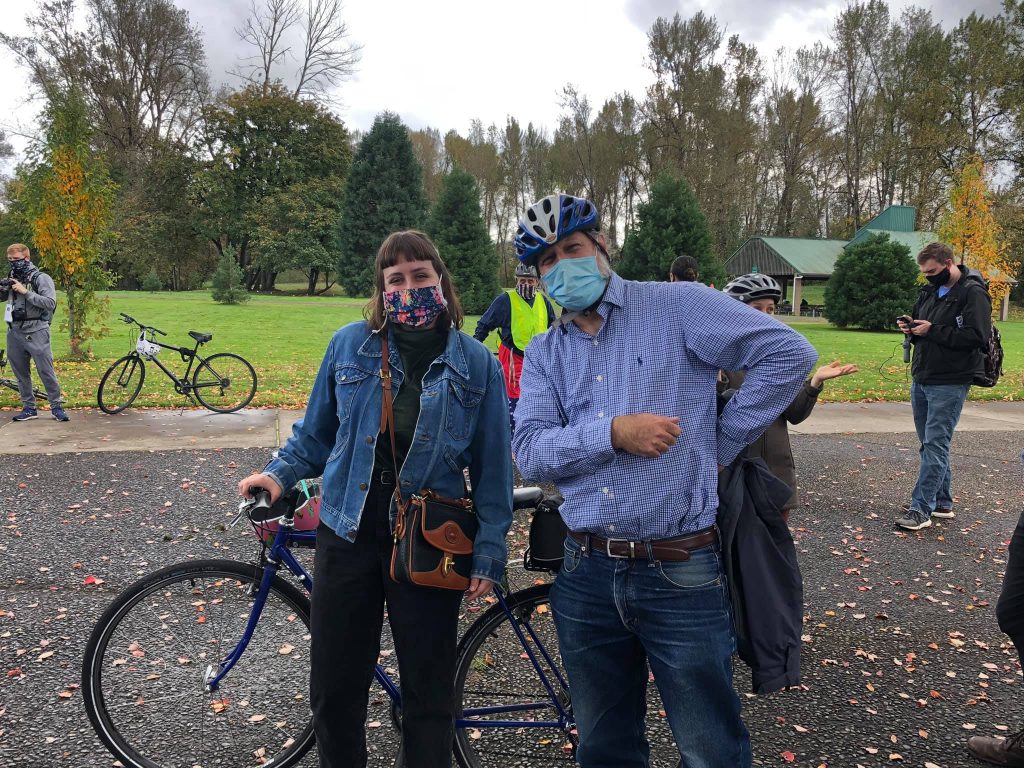
Photo by Rebecca LaMothe 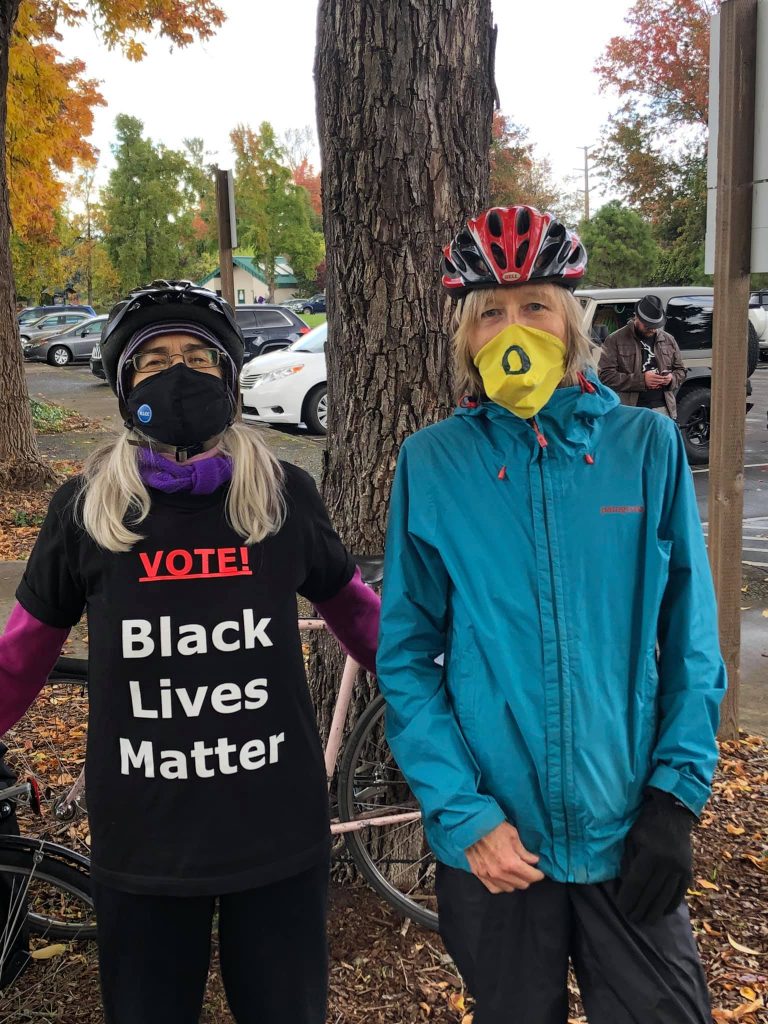
Photo by Rebecca LaMothe 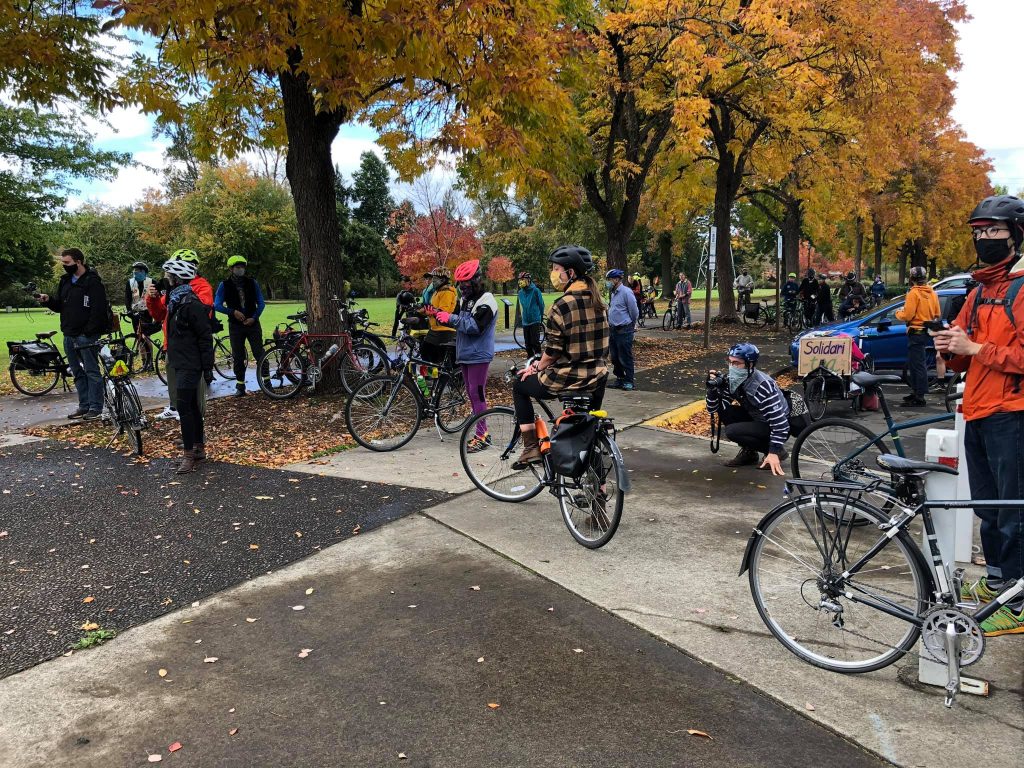
Photo by Rebecca LaMothe 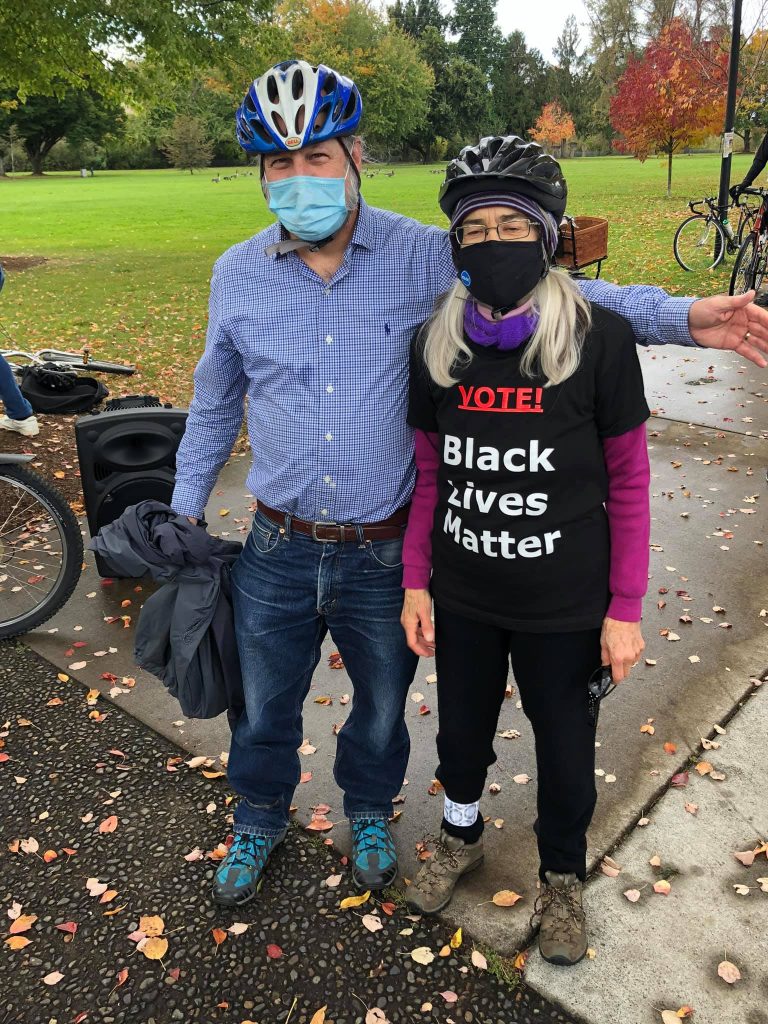
Photo by Rebecca LaMothe 
Photo by Rob Zako 
Photo by Rob Zako 
Photo by Rob Zako 
Photo by Rob Zako 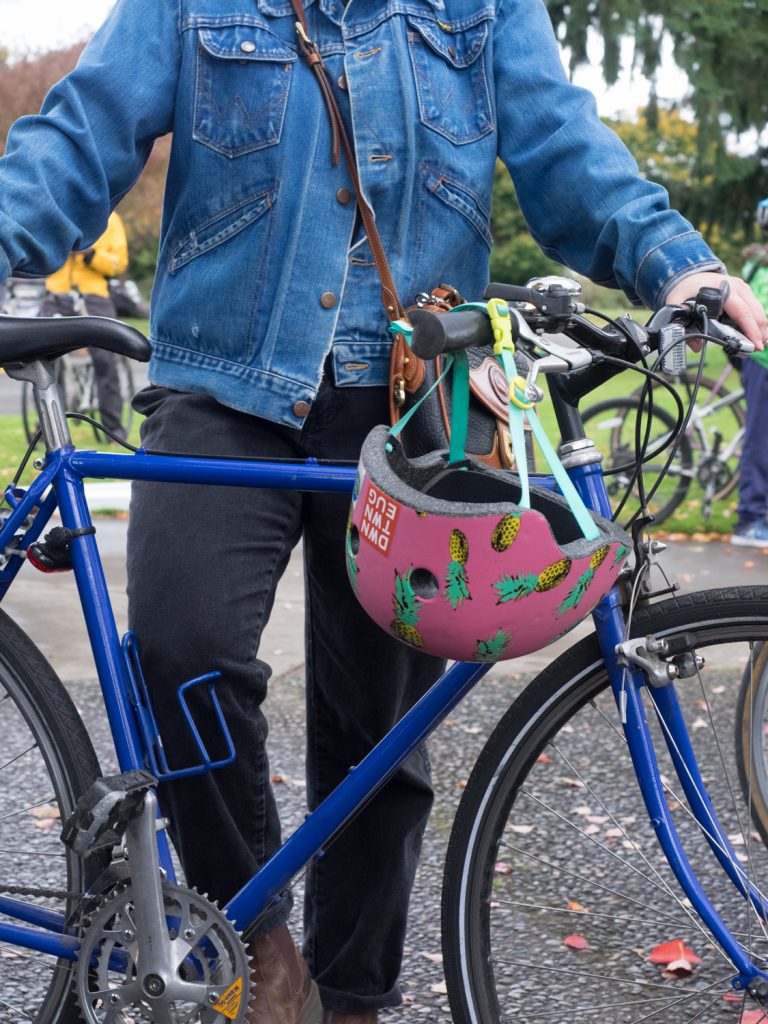
Photo by Stuart Steidle 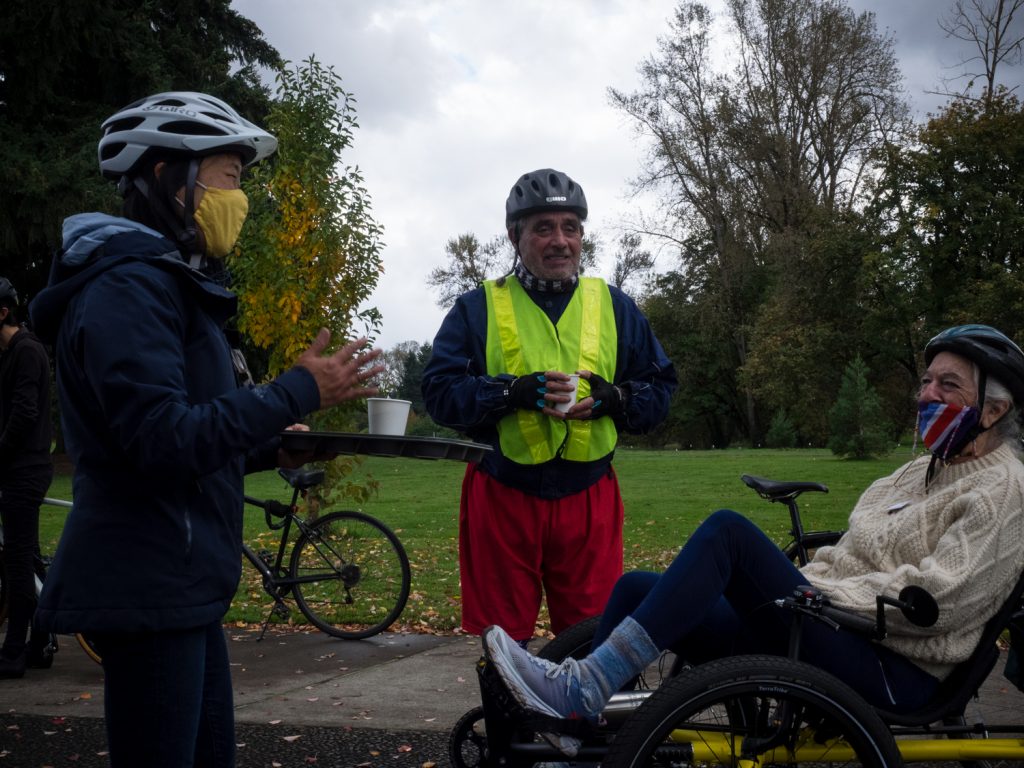
Photo by Stuart Steidle 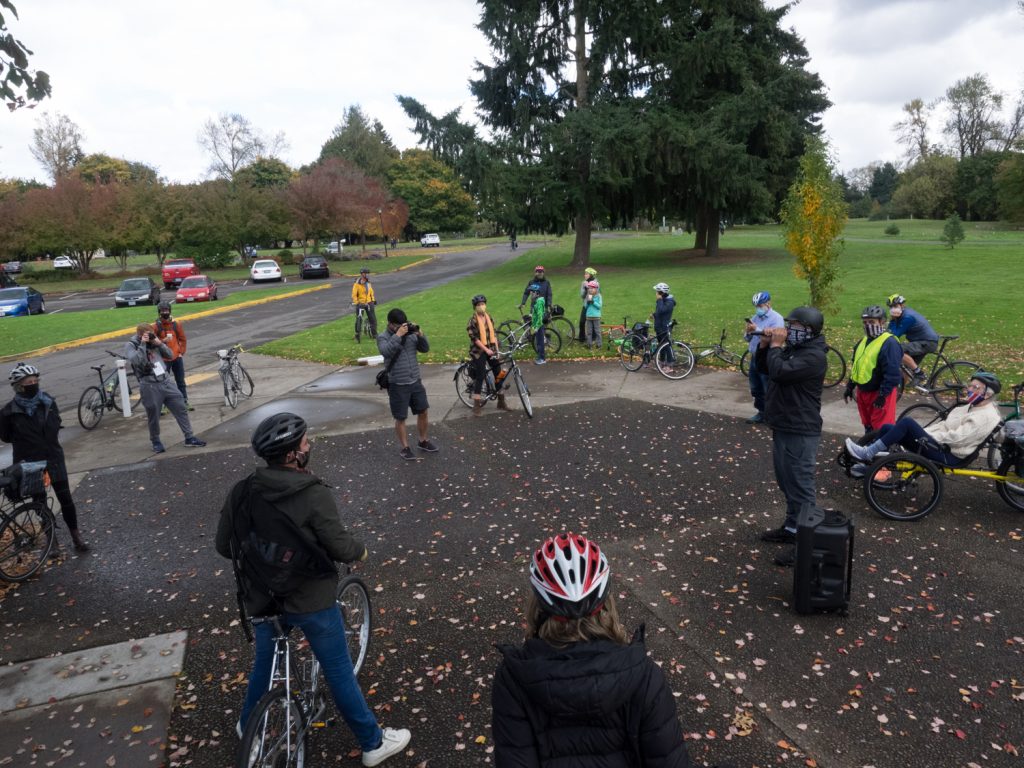
Photo by Stuart Steidle 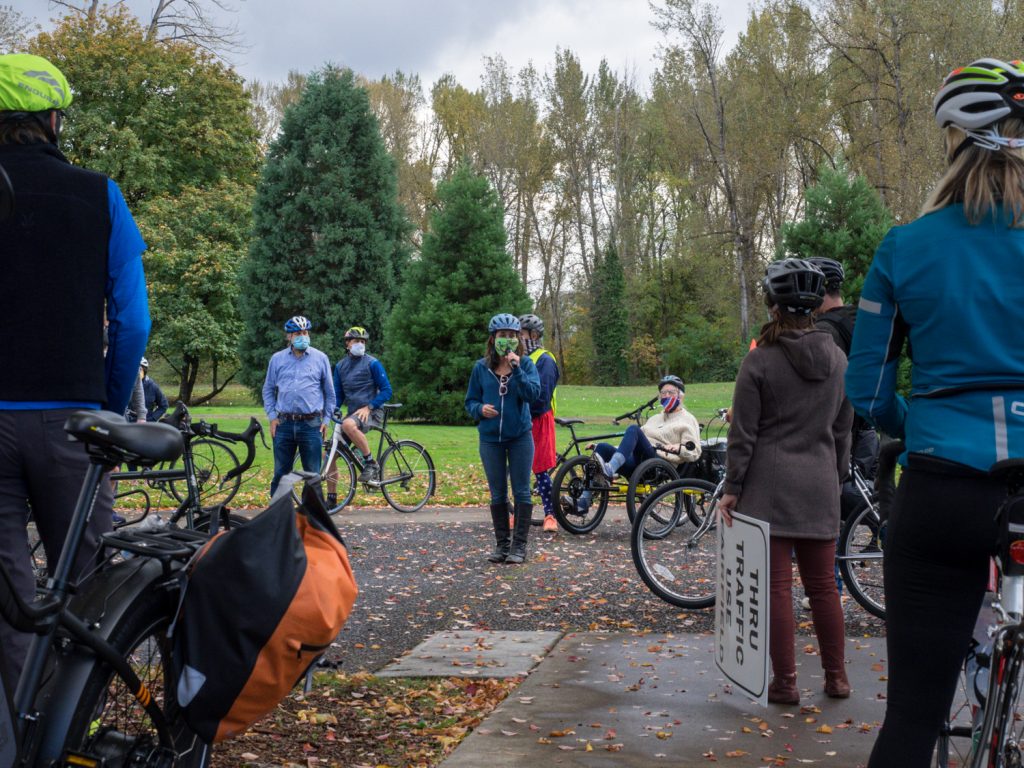
Photo by Stuart Steidle 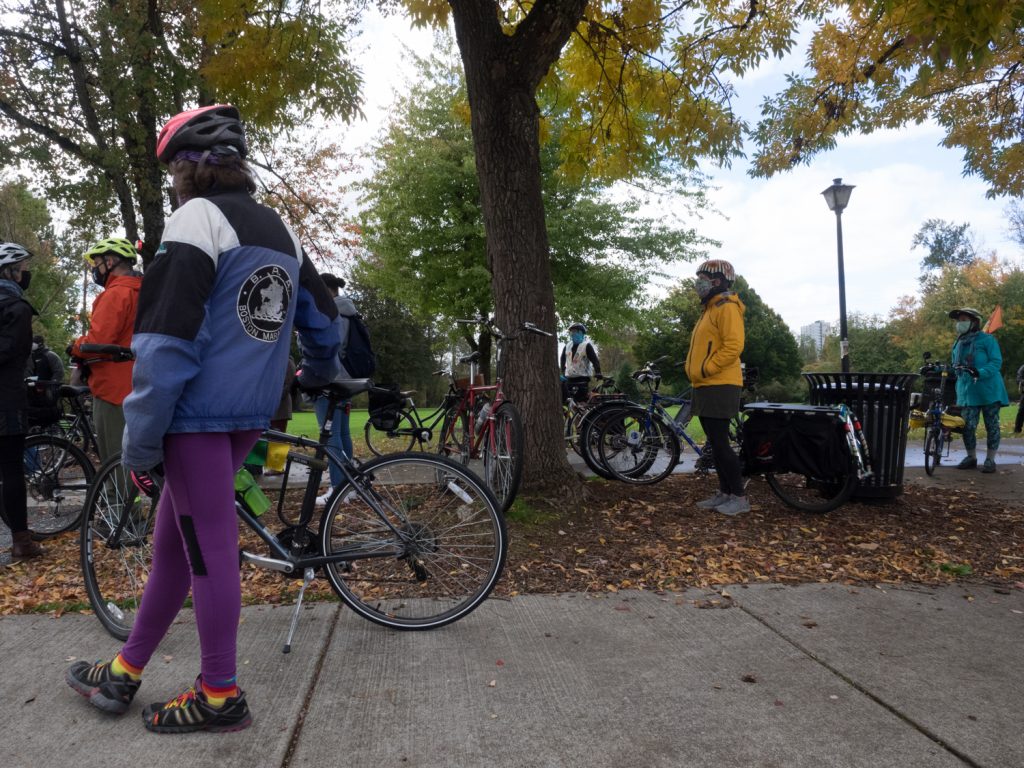
Photo by Stuart Steidle 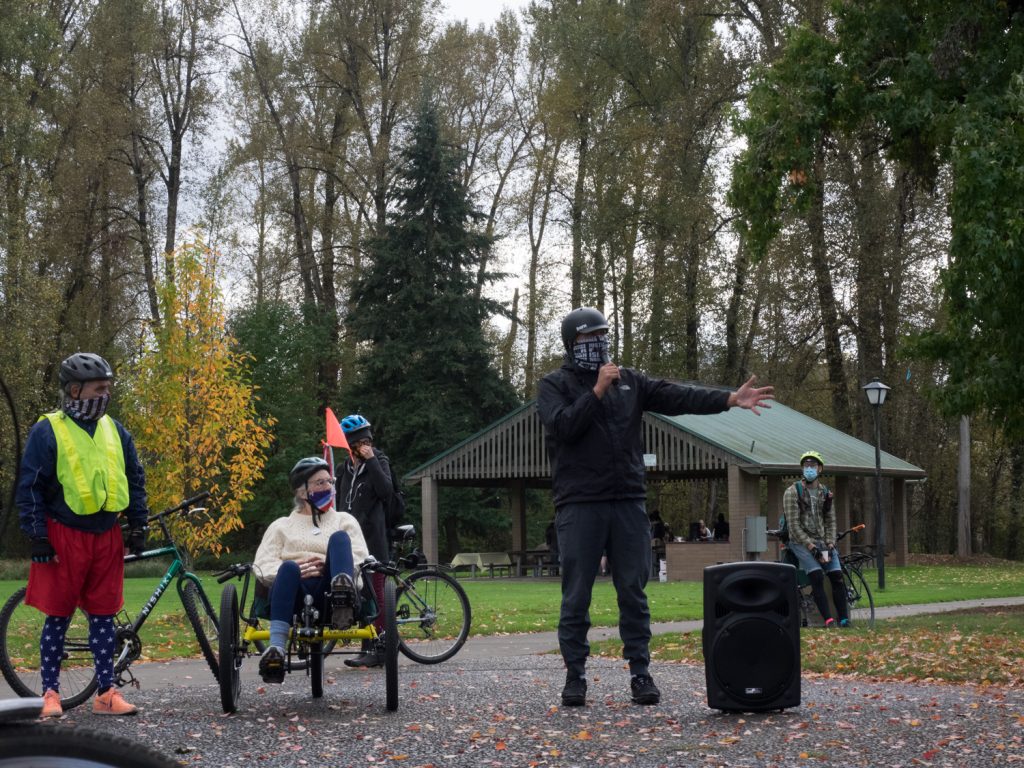
Photo by Stuart Steidle 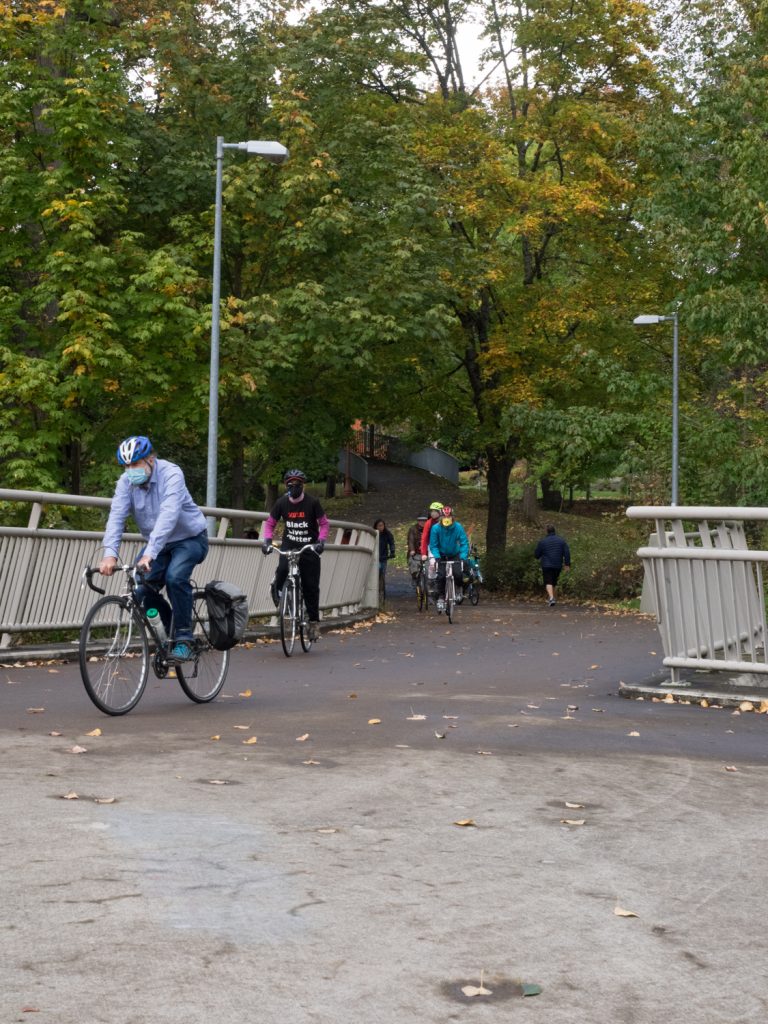
Photo by Stuart Steidle 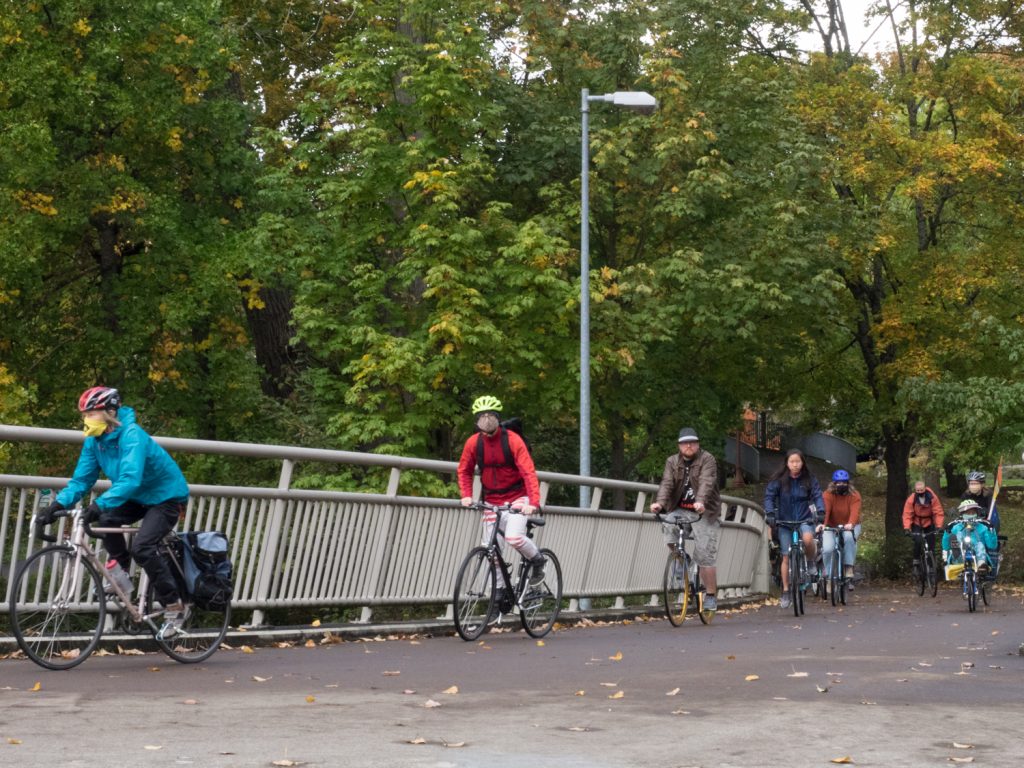
Photo by Stuart Steidle 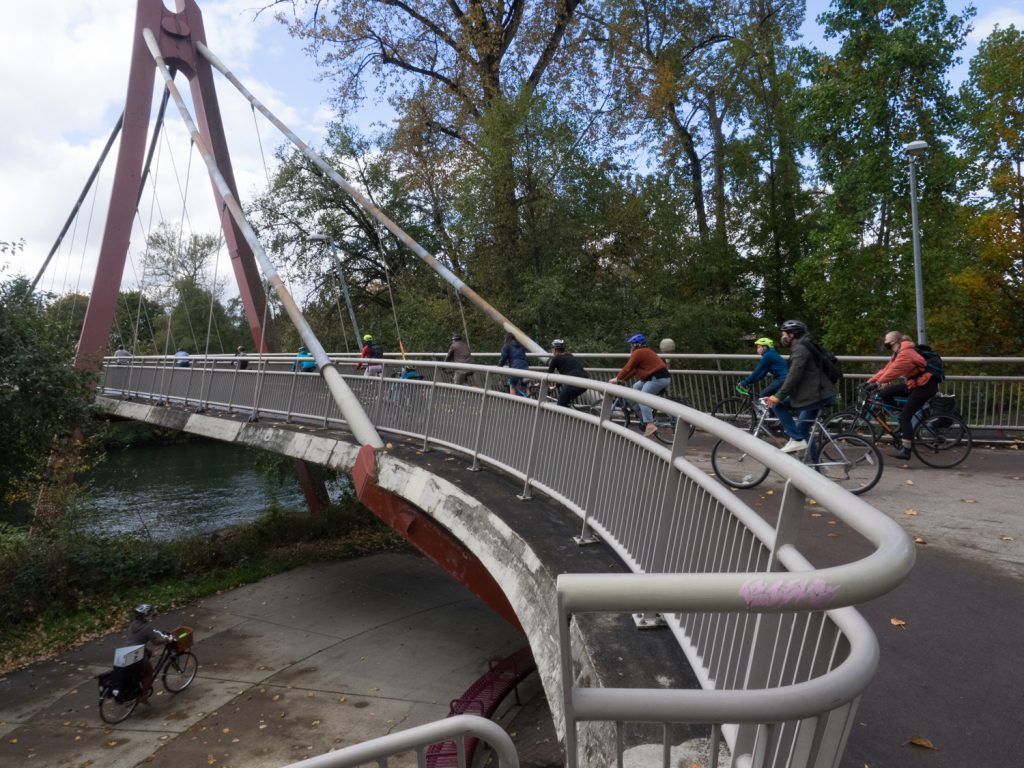
Photo by Stuart Steidle 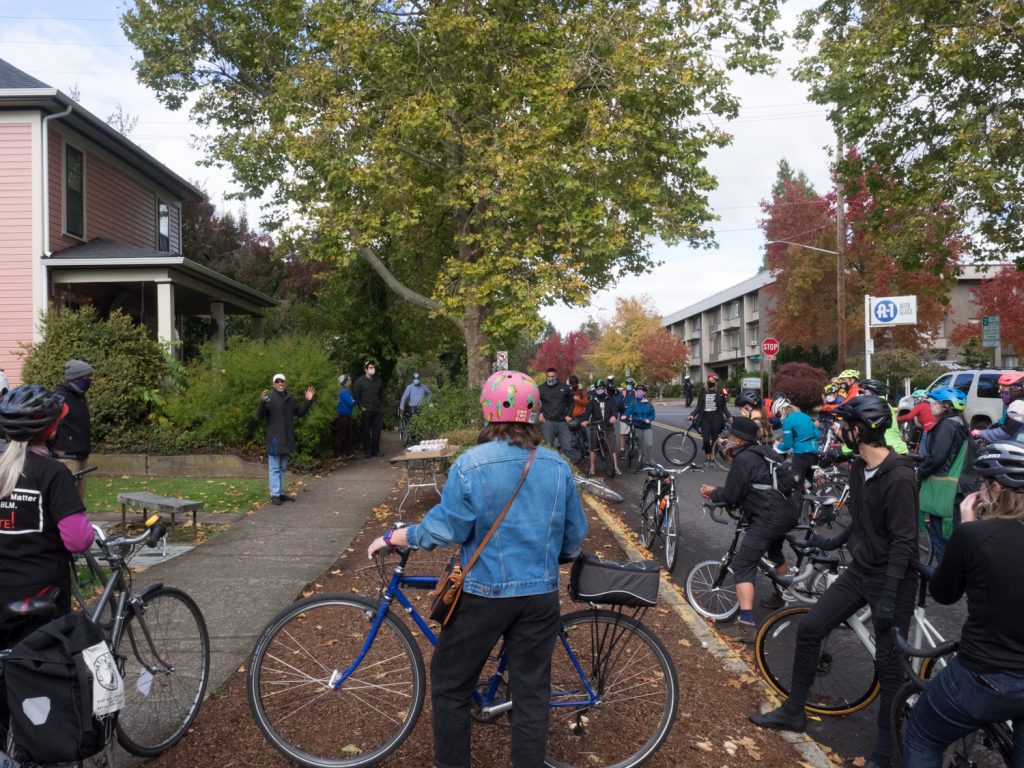
Photo by Stuart Steidle 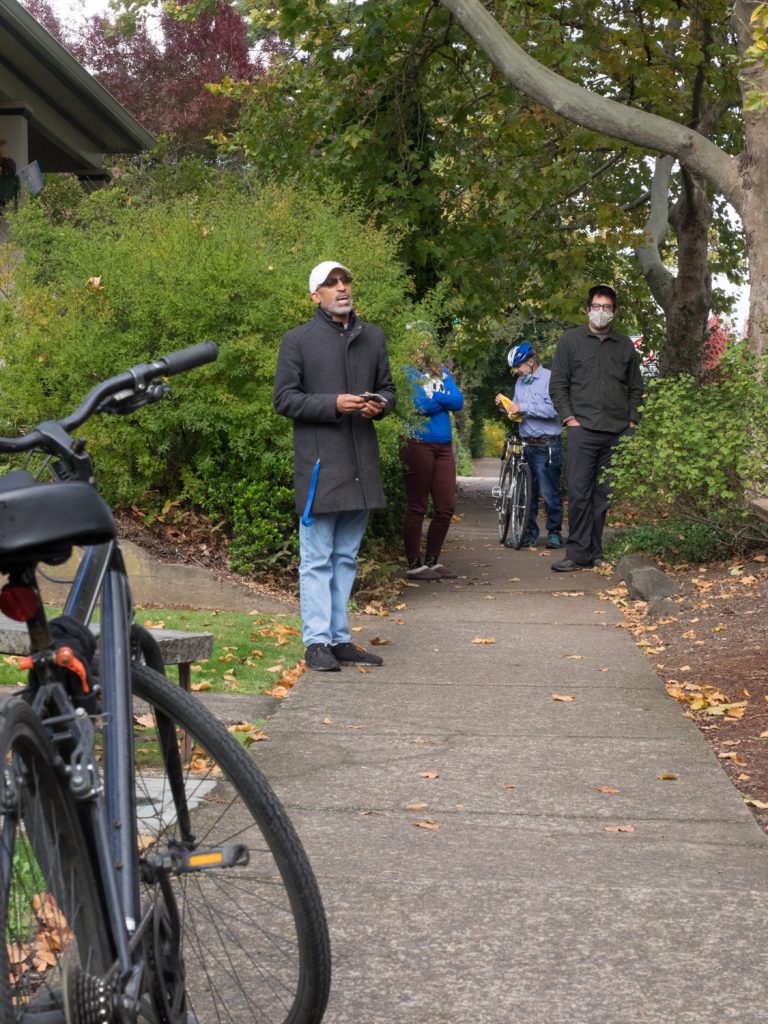
Photo by Stuart Steidle 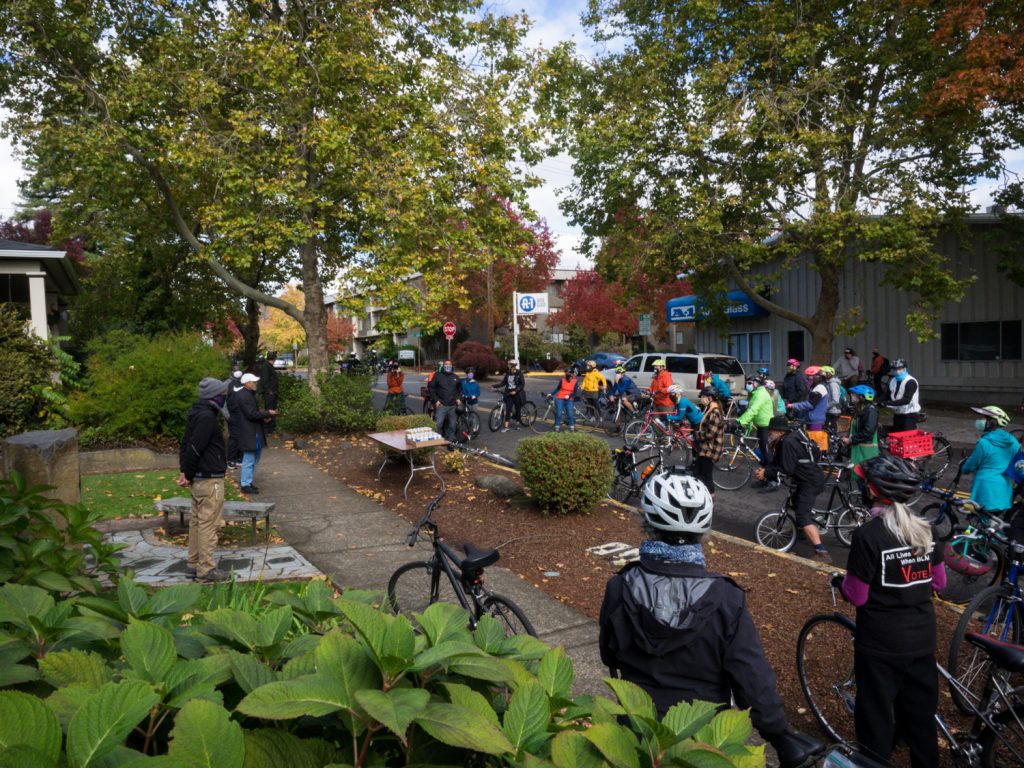
Photo by Stuart Steidle 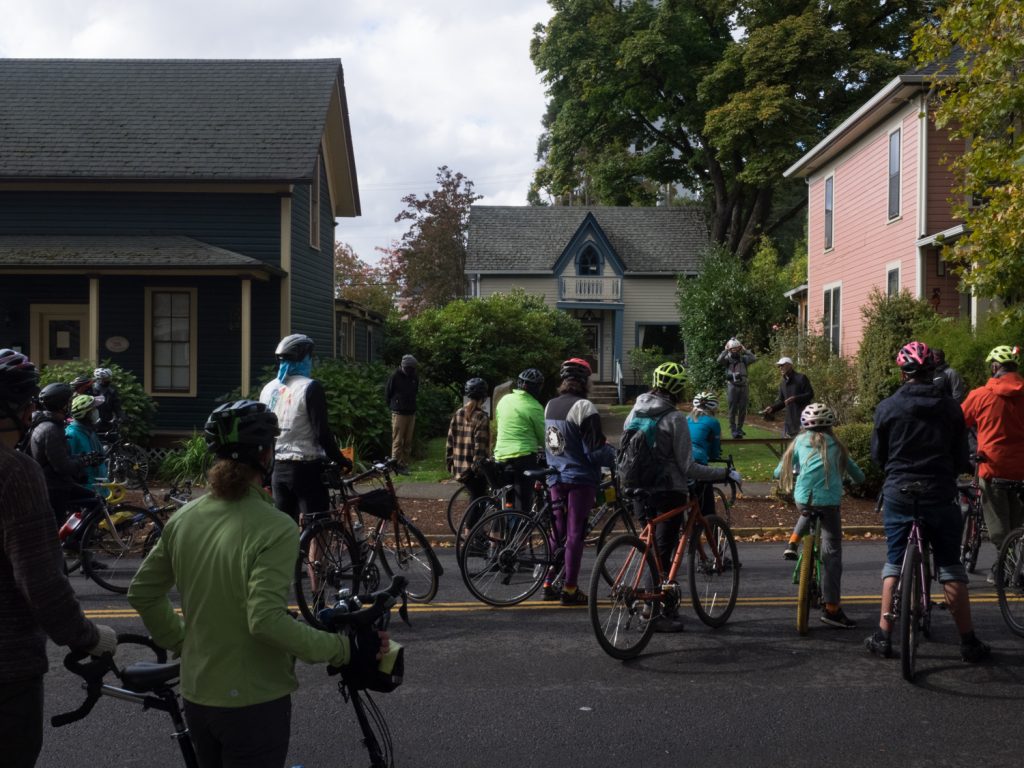
Photo by Stuart Steidle 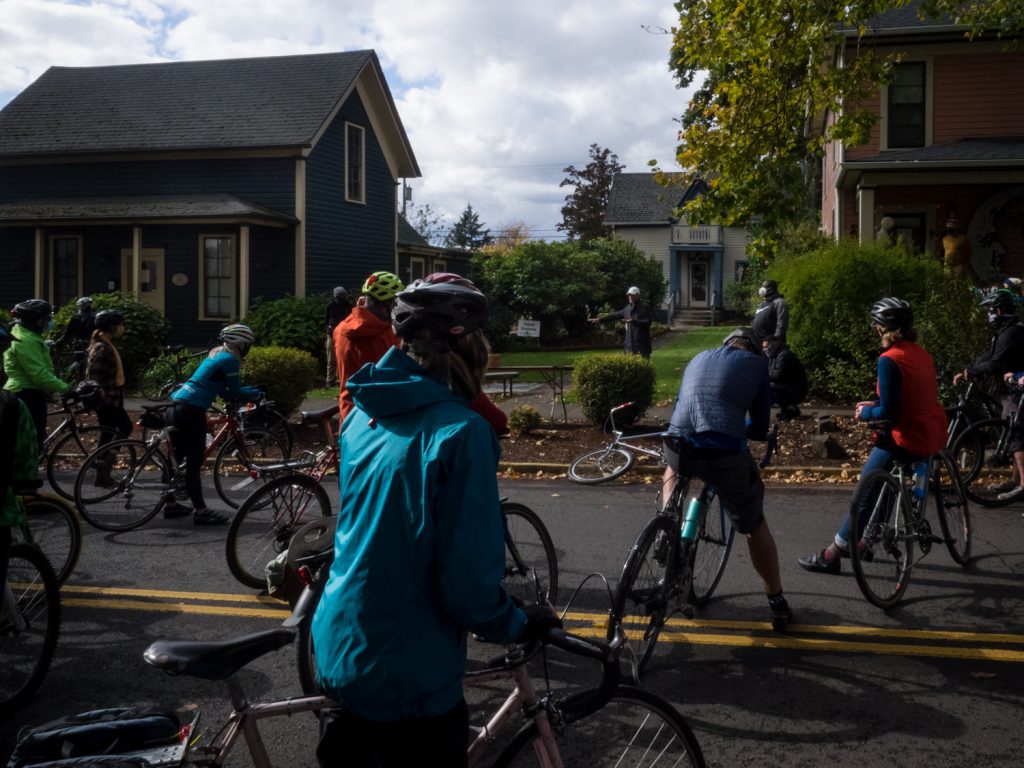
Photo by Stuart Steidle 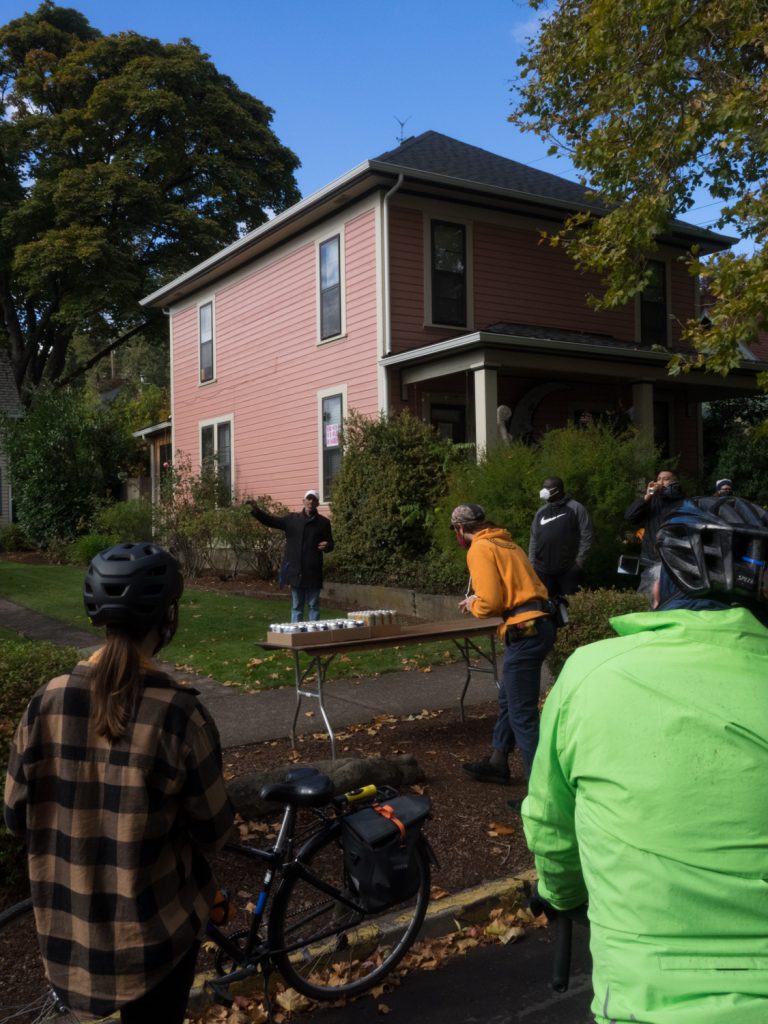
Photo by Stuart Steidle 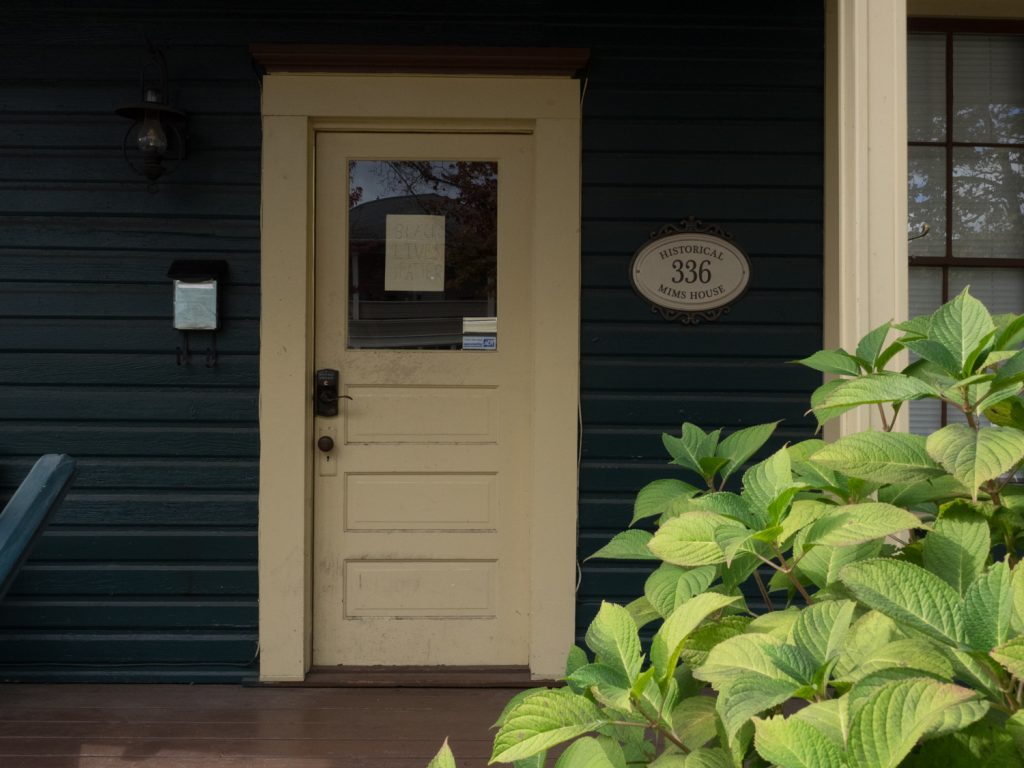
Photo by Stuart Steidle 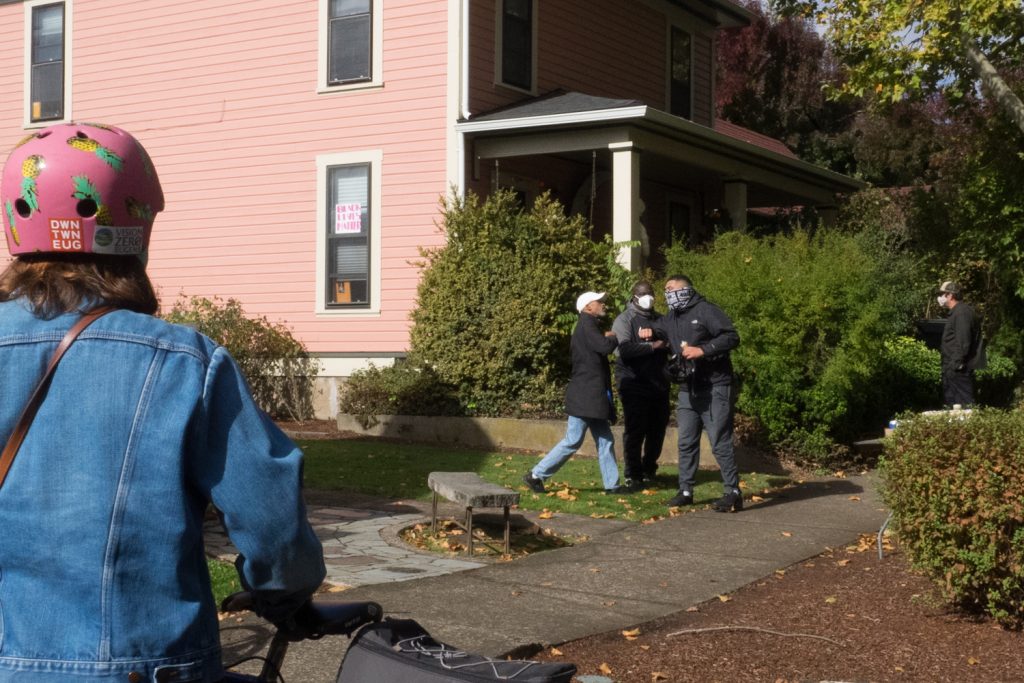
Photo by Stuart Steidle 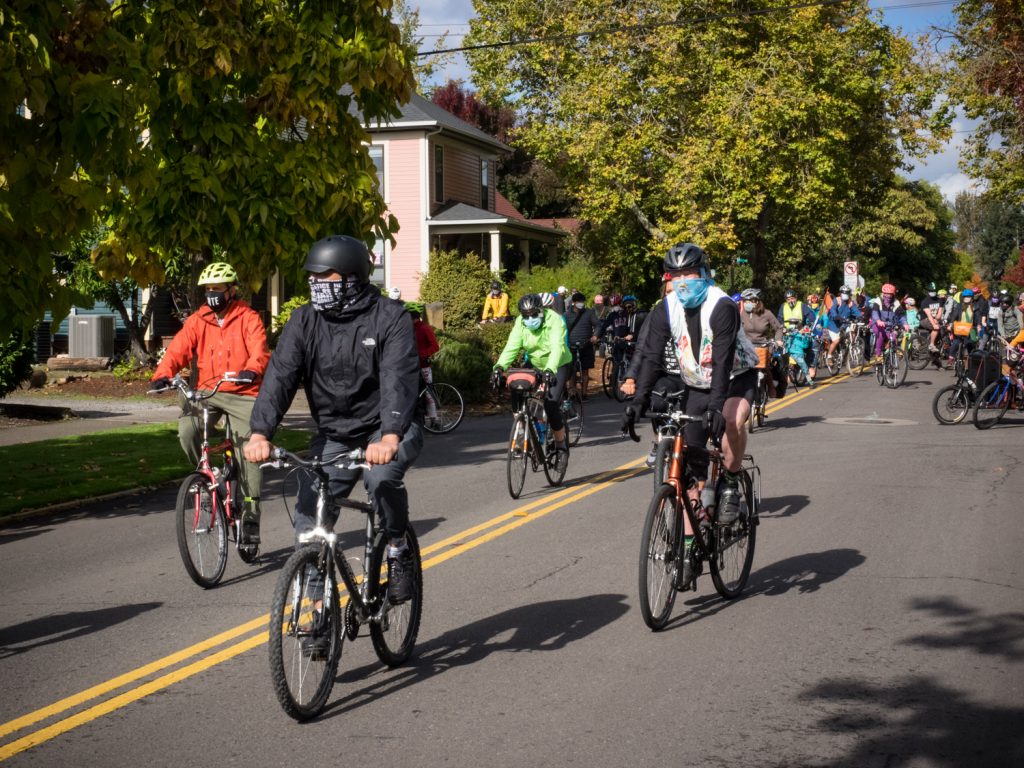
Photo by Stuart Steidle 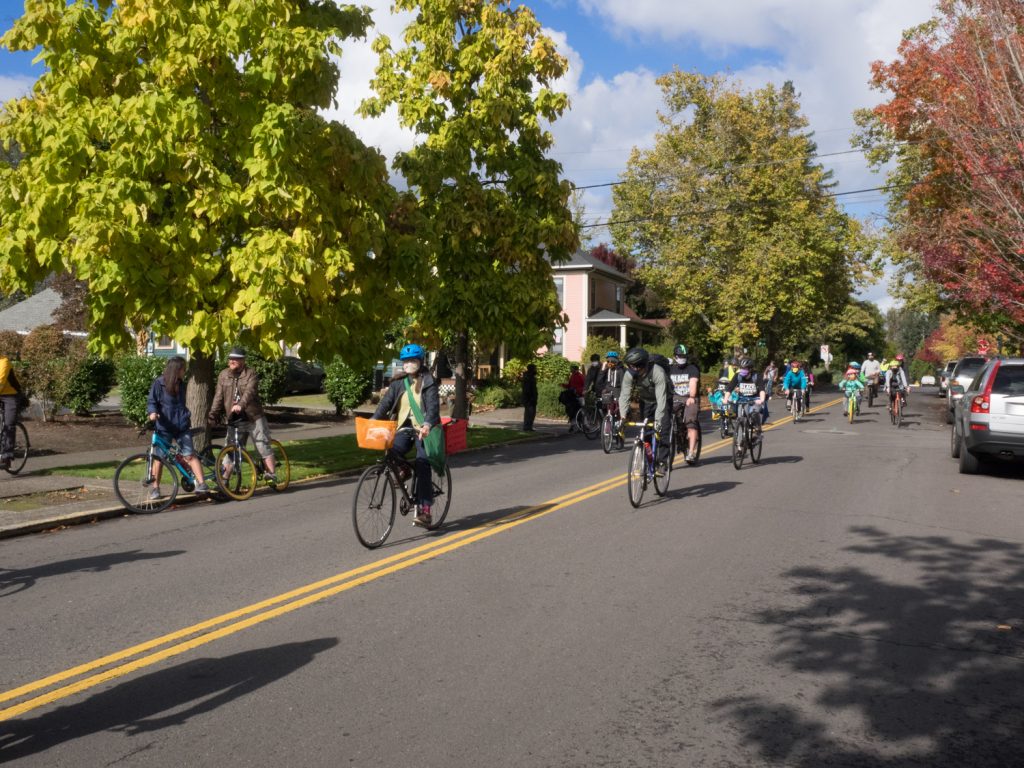
Photo by Stuart Steidle 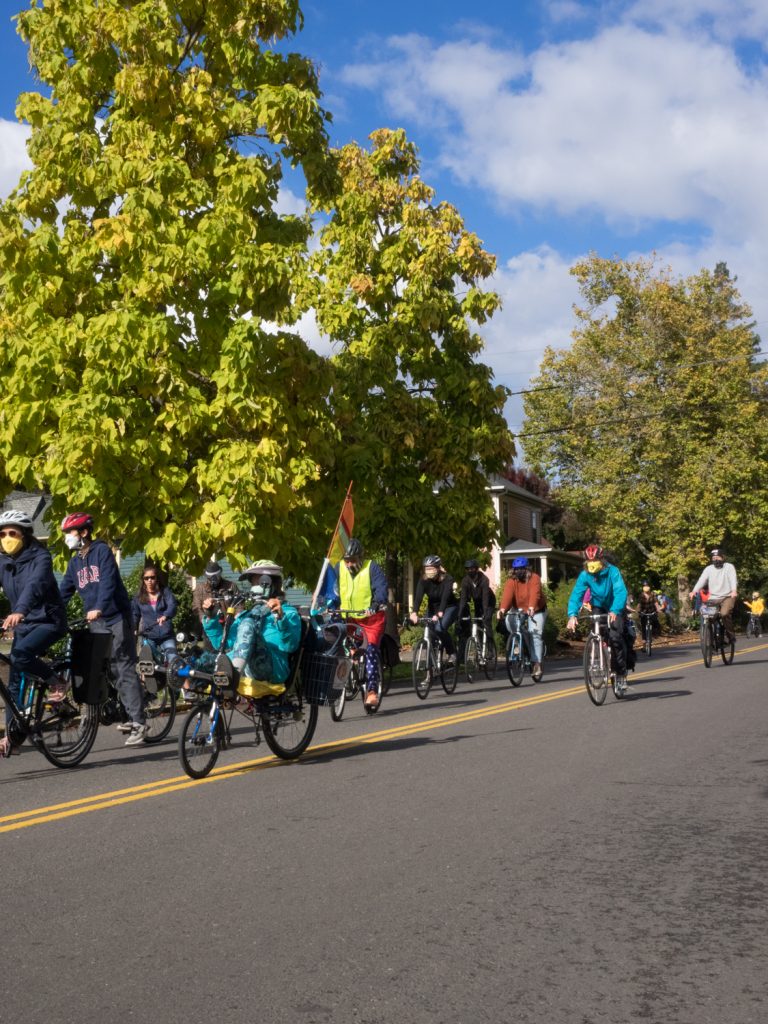
Photo by Stuart Steidle 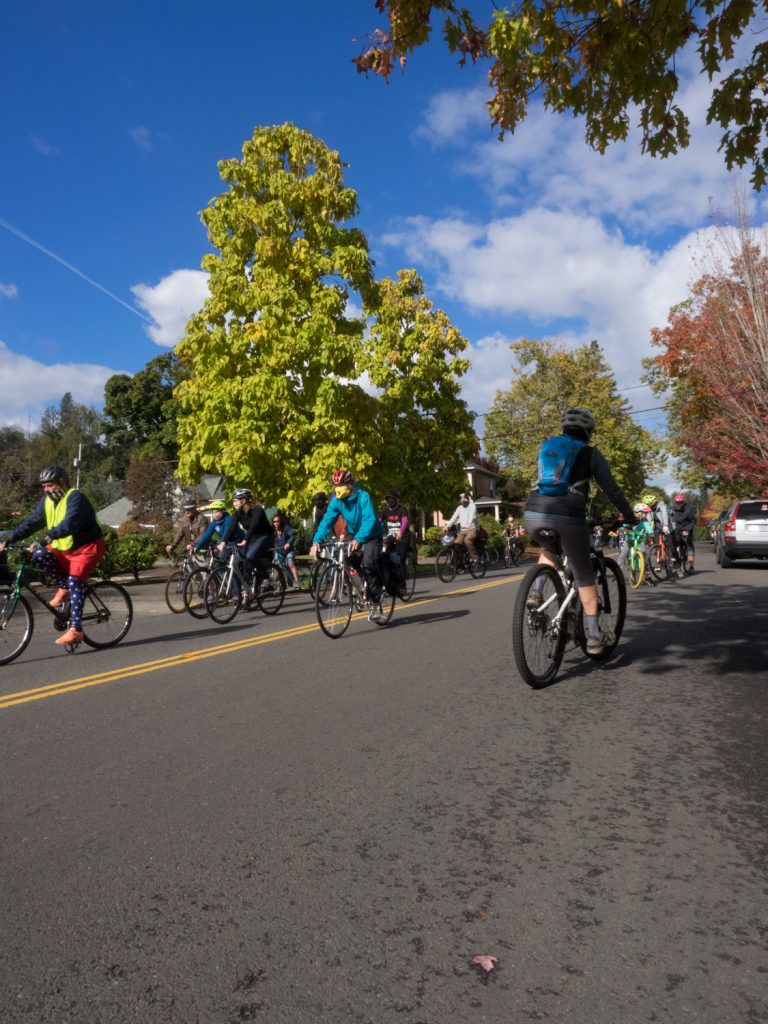
Photo by Stuart Steidle 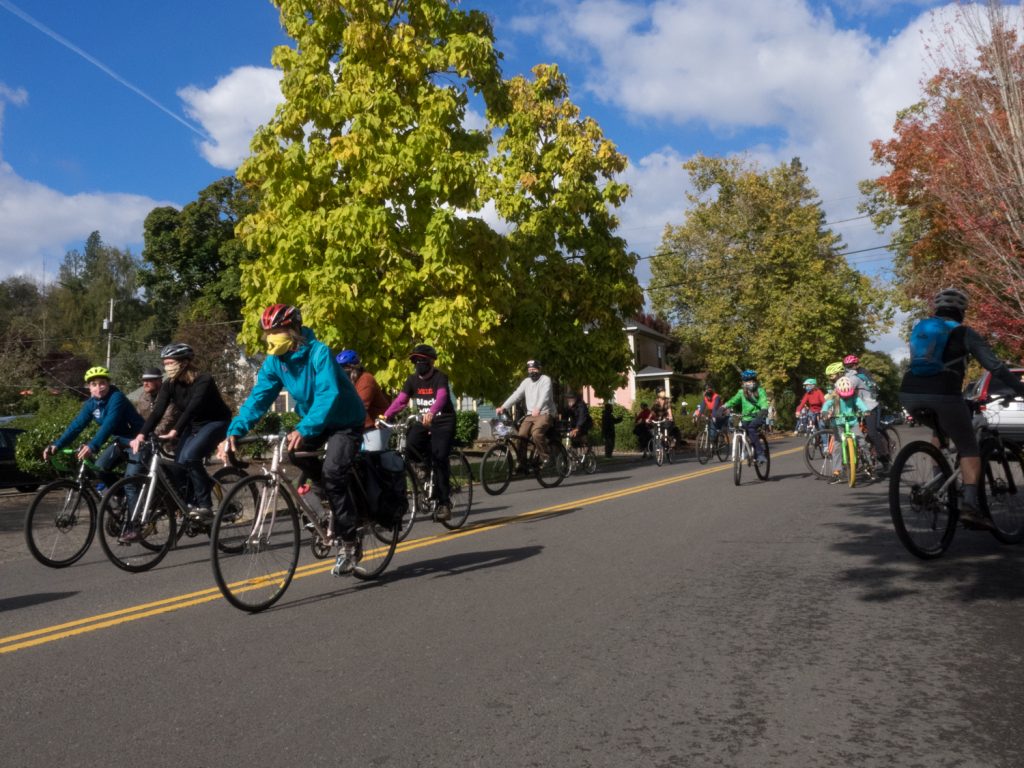
Photo by Stuart Steidle 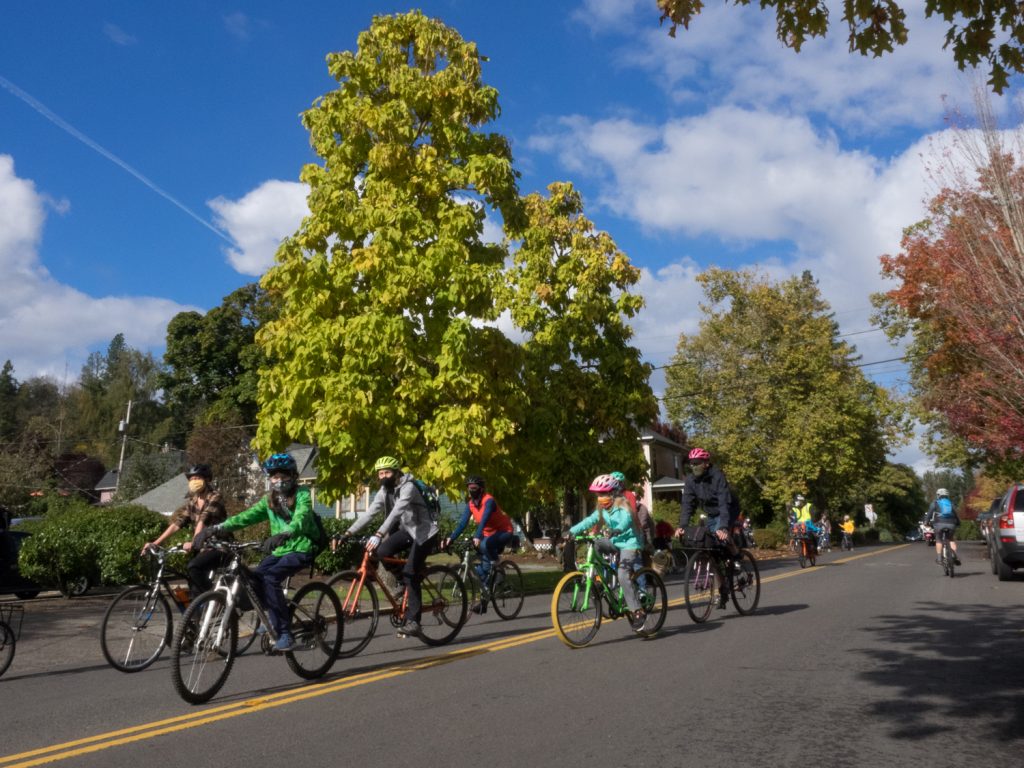
Photo by Stuart Steidle 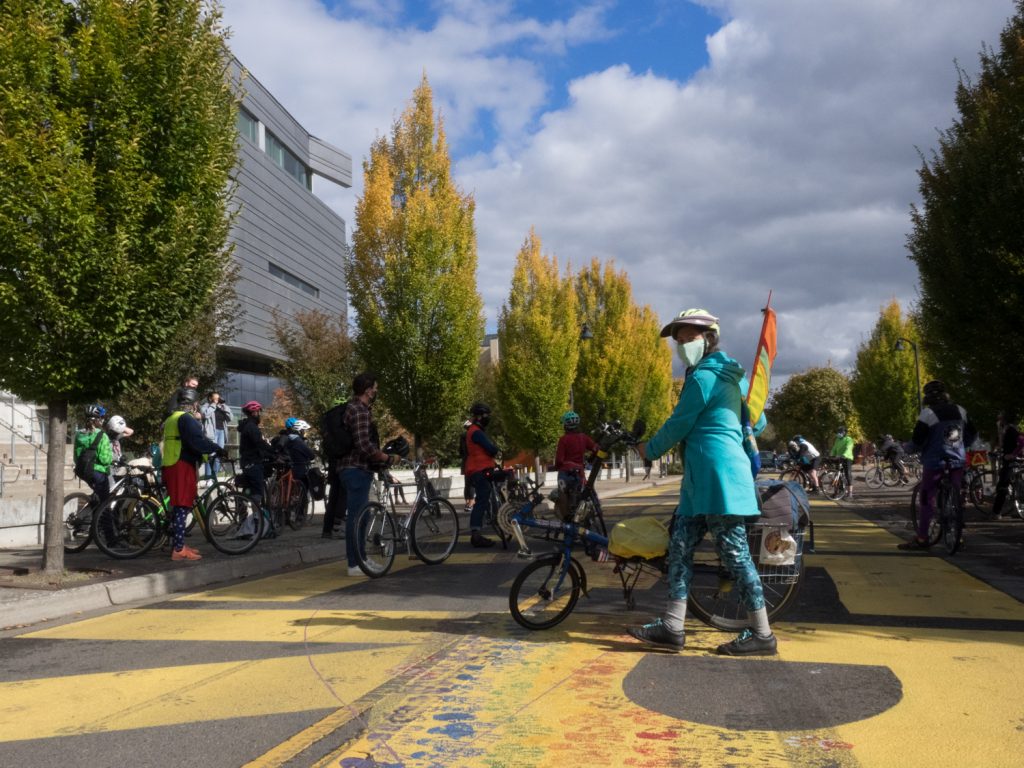
Photo by Stuart Steidle 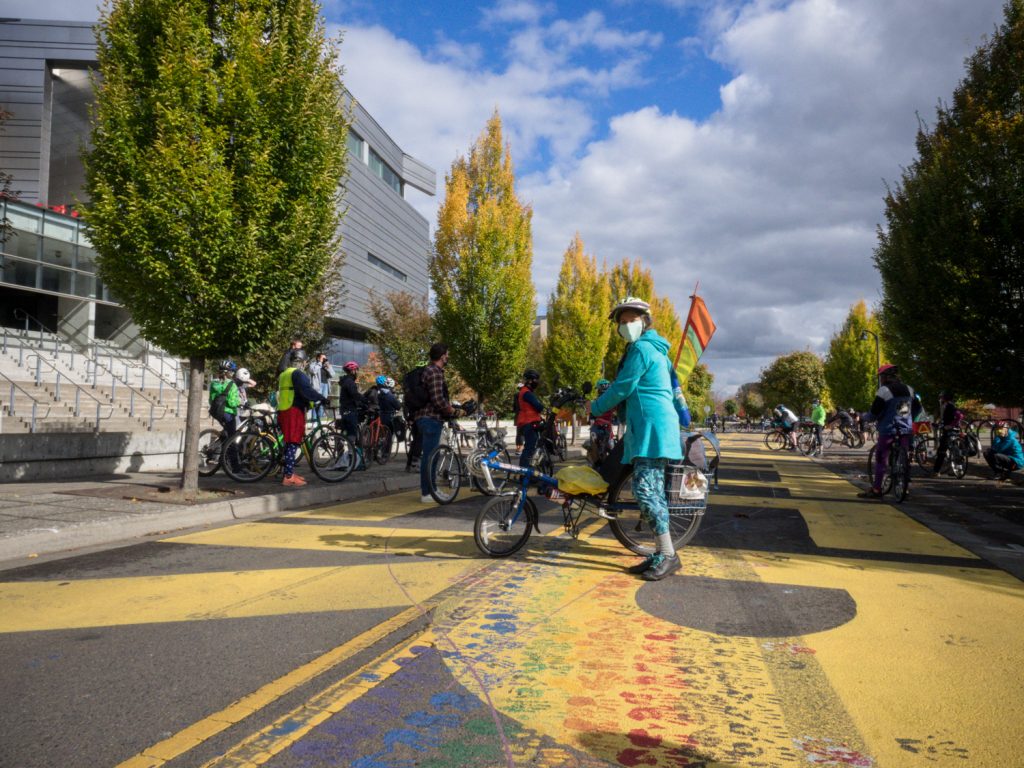
Photo by Stuart Steidle 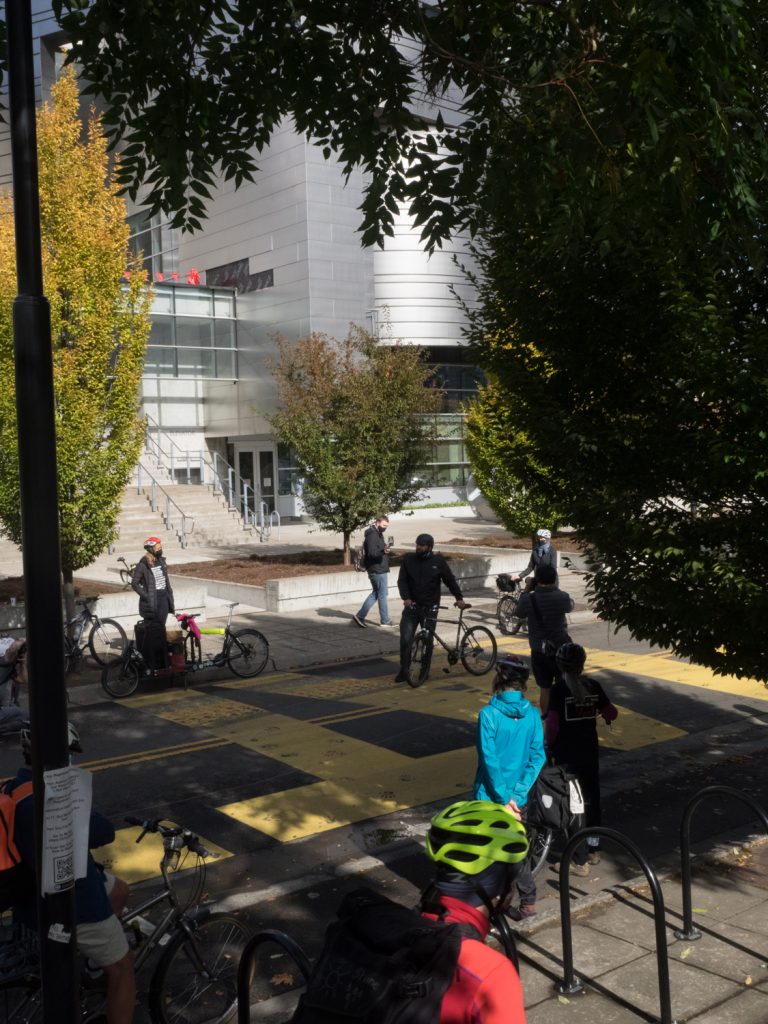
Photo by Stuart Steidle 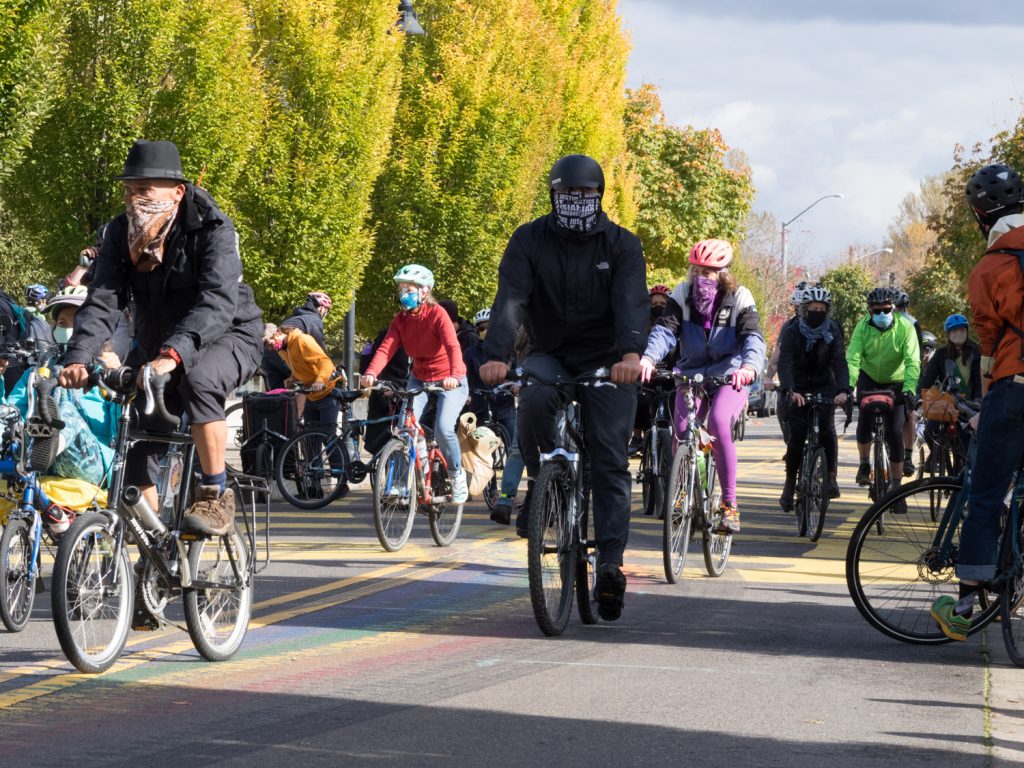
Photo by Stuart Steidle 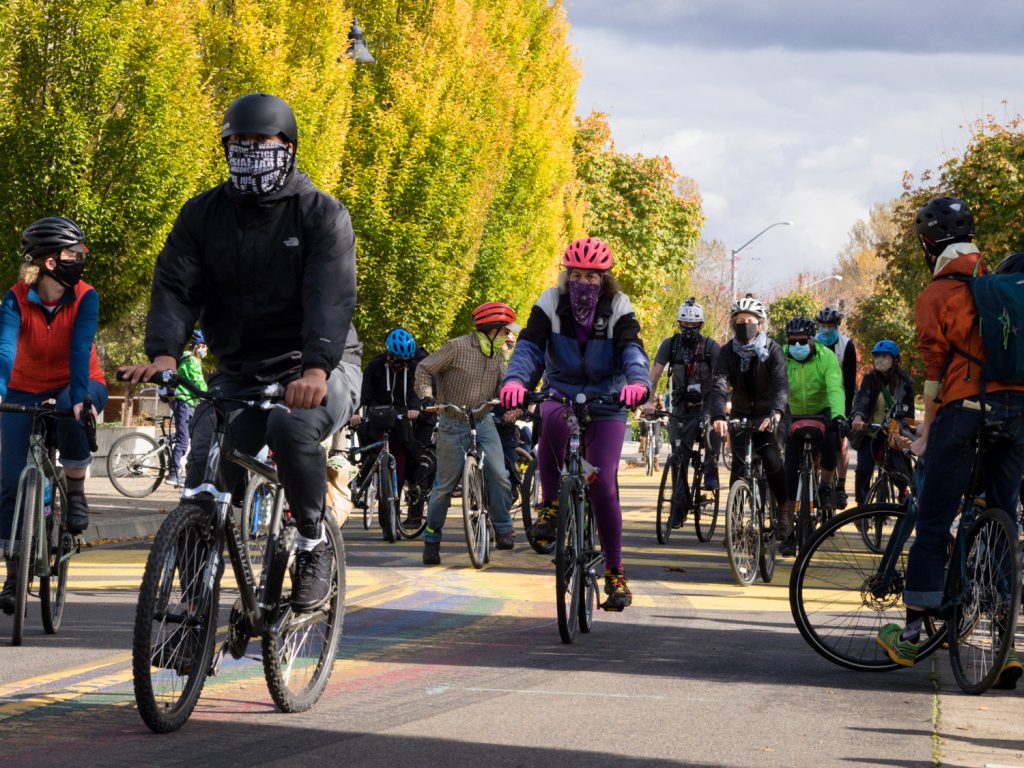
Photo by Stuart Steidle